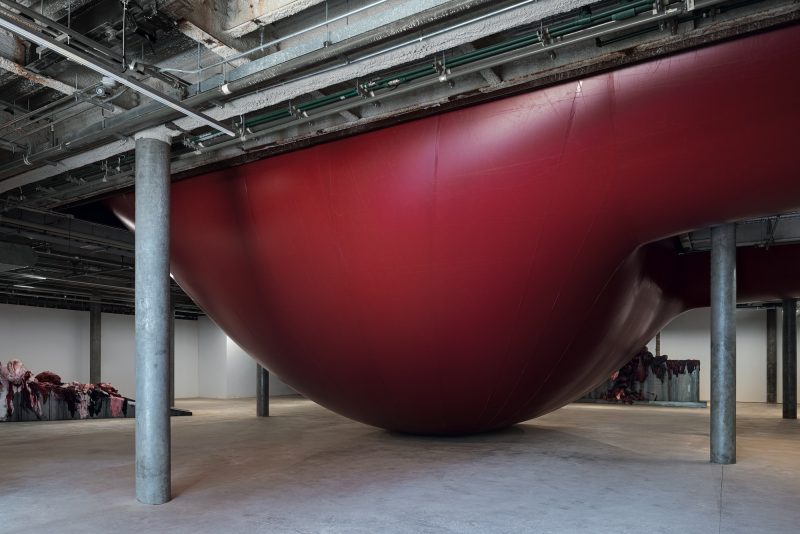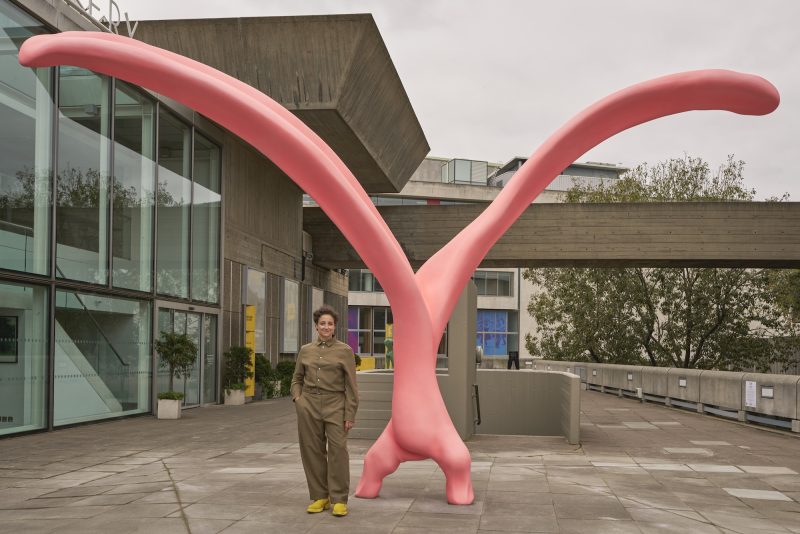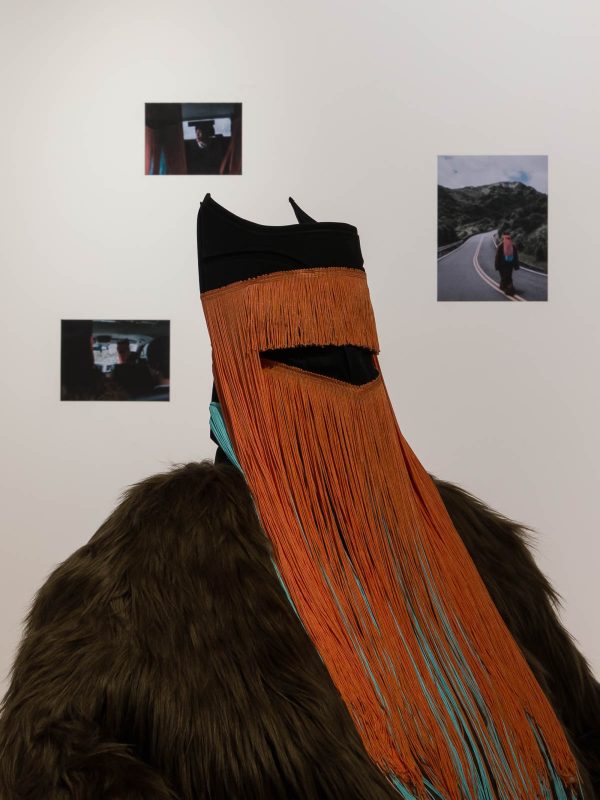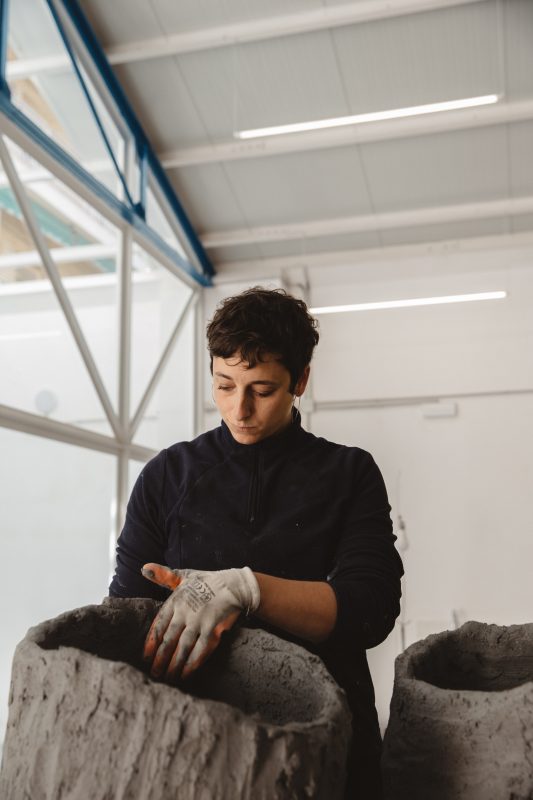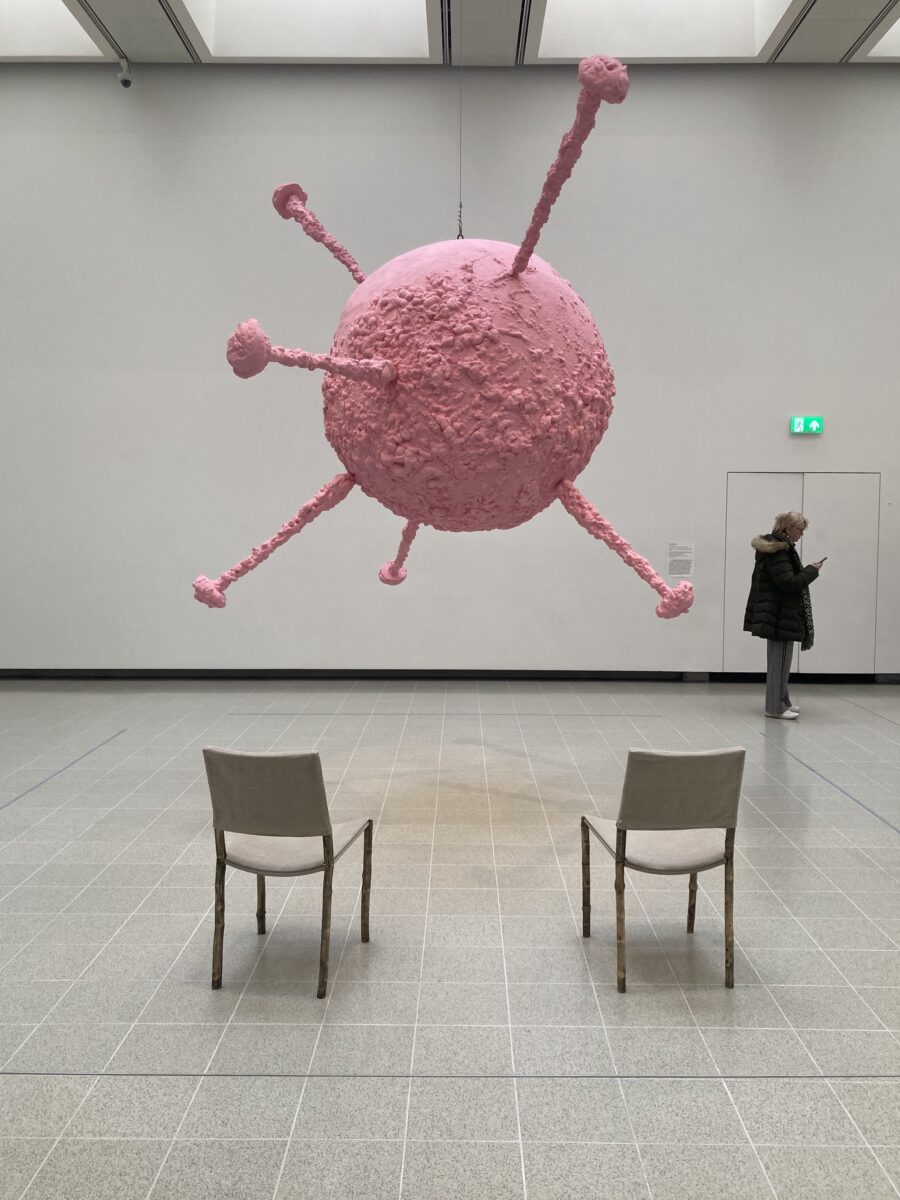
“Look, the Covid,” a visitor remarks to their companion in Spanish, and gestures towards a large, warted, pepto-pink sphere suspended from the ceiling of Hayward’s Anna & Michael Zaoui Gallery. The room branches off the main arcade via a gently sloping zig-zag staircase that seems to lead from one world (gallery) to another, and in this instance invites a moment of contemplation. It feels like a breather in an otherwise hypnotic and stirring survey whose encounter is nothing short of an immersive experience.
The whole place feels less like an exhibit and more like a zoological garden. Bridging six generations of modern and contemporary sculpture through the notion of flux, it is exceedingly kinetic. Even the static sculptures seem to move — particularly when we do, but never when we want them to. Sweeping, corrugated surfaces and shape-shifting silhouettes follow the perspective of the viewer, encouraging constant movement and exploration of the space. I find myself retracing my steps, dancing in tandem with the sculptures, and in turn ingesting them on a visceral level.
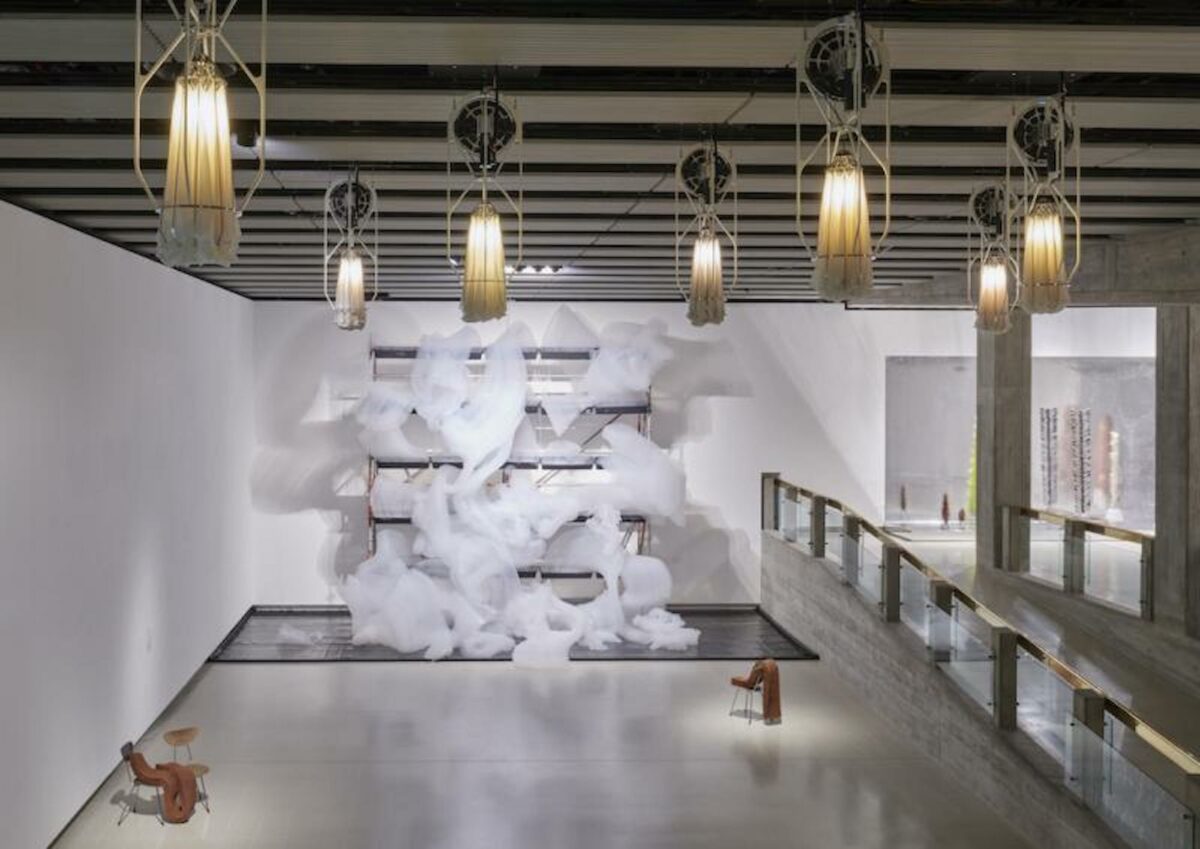
The works all share a certain behaviour: they inhabit the space. Ripe with an air of buoyancy, they seem so sentient that I wonder whether if I came back tomorrow they might all be in different positions or have floated into different rooms altogether, freely roaming the gallery like a wildlife park. Between anticipating the flourish of Lonneke Gordihn and Ralph Nauta’s narcotic, gravity-defying torches in Shylight and the quiet collapse of Michel Blazy’s Bouquet Final, the installation has a performative quality that plays with the viewer’s sense of expectation. Impossibly suspended swells of foam extend like arms from industrial black vats. Their movement is so slow that it is virtually impalpable, the only evidence being an accruing residue of skid marks from fallen comrades collecting slowly on the floor like animal droppings.
I look again at the benevolently charming pink sculpture. It emits a familiar indefiniteness that is made only more perplexing by the inclusion of two empty bamboo chairs. Placed at a comfortable distance, but close enough to imply association, I imagine myself sat upon one, observing this peculiar thing as it proceeds to…do whatever it is it does. Long, crown-like spikes jut out from its puckered body.
It could be a planet, or maybe a sea anemone (a similarly endless flood of interpretations seems to accompany every piece in the show). Festooned by a thin rope partition, Franz West’s 2011 Epiphany on Chairs is indeed molecularly reminiscent – but it’s the voyeuristic, contemplative presence of the chairs that draws me in. However vague their purpose, they invite a human body into the equation; establishing a scale, a story, and even an invitation.
Passing through the exhibition is a complete sensory experience. Soft mechanical sounds are exchanged for earthy wafts of beeswax from Marguerite Humeau’s beeswax architectures, their creamy gills housing countless imaginary residents. Visitors are invited to touch the vibrating protoplasm of Eva Fabregas’ sprawling inflatable sculpture Pumping, whose colossal, pastel entrails occupy the entire HENI Project Space. I am not just enamoured, I am transported.
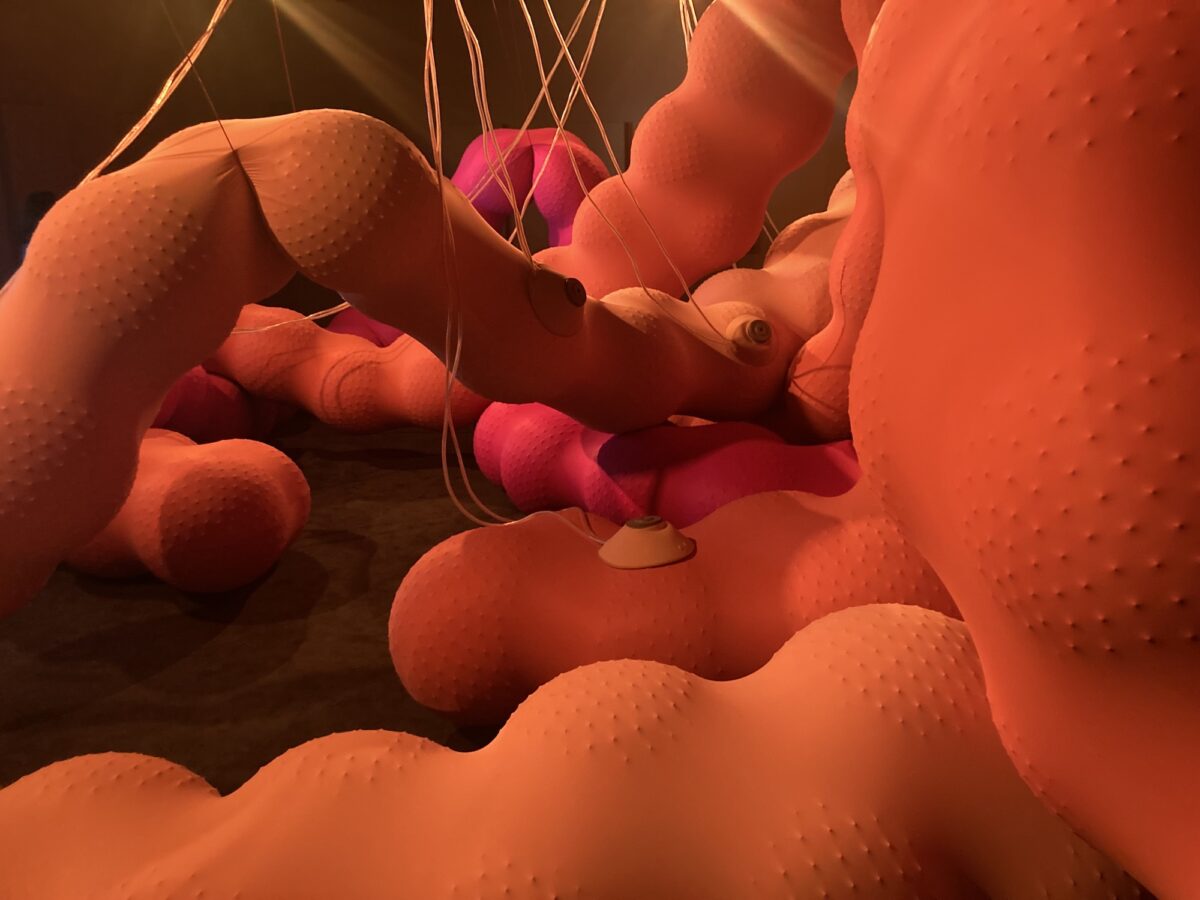
Art can be a lot of things; its purpose and even value are always up for negotiation. Whether intended for the public or an audience of two, somewhere along the line it seems we have started to operate under the assumption that art must be categorised, designated, identified. But how do we designate such transcendental structures? What if we don’t? Artworks are a lot less fixed than they would have you believe. In fact, we don’t encounter art, but it encounters us, and in that moment it swiftly changes, becoming our interpretation of itself and the stories we invent about it.
What’s more, when we forget for a moment that it is art at all, relinquish our material expectations (the promise of technique, the notion of likeness, artistry), an artwork can manage to unlock a sense of wonder and amazement: not in its existence or grandeur, but in the very act of being an observer. Funnily enough, disengagement with identification opens up the potential for discovery.
Our vastly varying interpretations share a degree of validity, and in the world they live in, they may all be true at the same time. In terms of the artist’s intention, or the space between it and what is produced, a finite definition is not necessary. This kind of enigmatic yet pragmatic perseverance is a pretty accurate description of When Forms Come Alive.
I always have pretty high expectations from the Hayward Gallery, who repeatedly manages to redefine itself. From a consistently creative employment of the building’s unique interior (the spiralling topography and lofty ceilings just lend themselves to impressive executions) to exceptional publications (including a 240-page colour catalogue with a comfortable mix of astute essays written by curator Ralph Rugoff and exquisite photos with works by the artists), it certainly punches above its weight.
I was somewhat crestfallen by the tatty exhibition labels, however, many of which were peeling at the edges just two weeks into the duration of the show. Trivial as they may be, I have seen sturdier labels at my alma mater’s degree show, and those are funded by broke students. I understand we are living in unprecedented times, and with the Arts Council having cut funding yet again in recent years, it certainly cannot be easy. Nevertheless, given the tremendous level of production in every other aspect of the exhibition, it feels a bit like missing buttons on a silk blazer, or lacklustre trimming on an otherwise exceptional presentation.
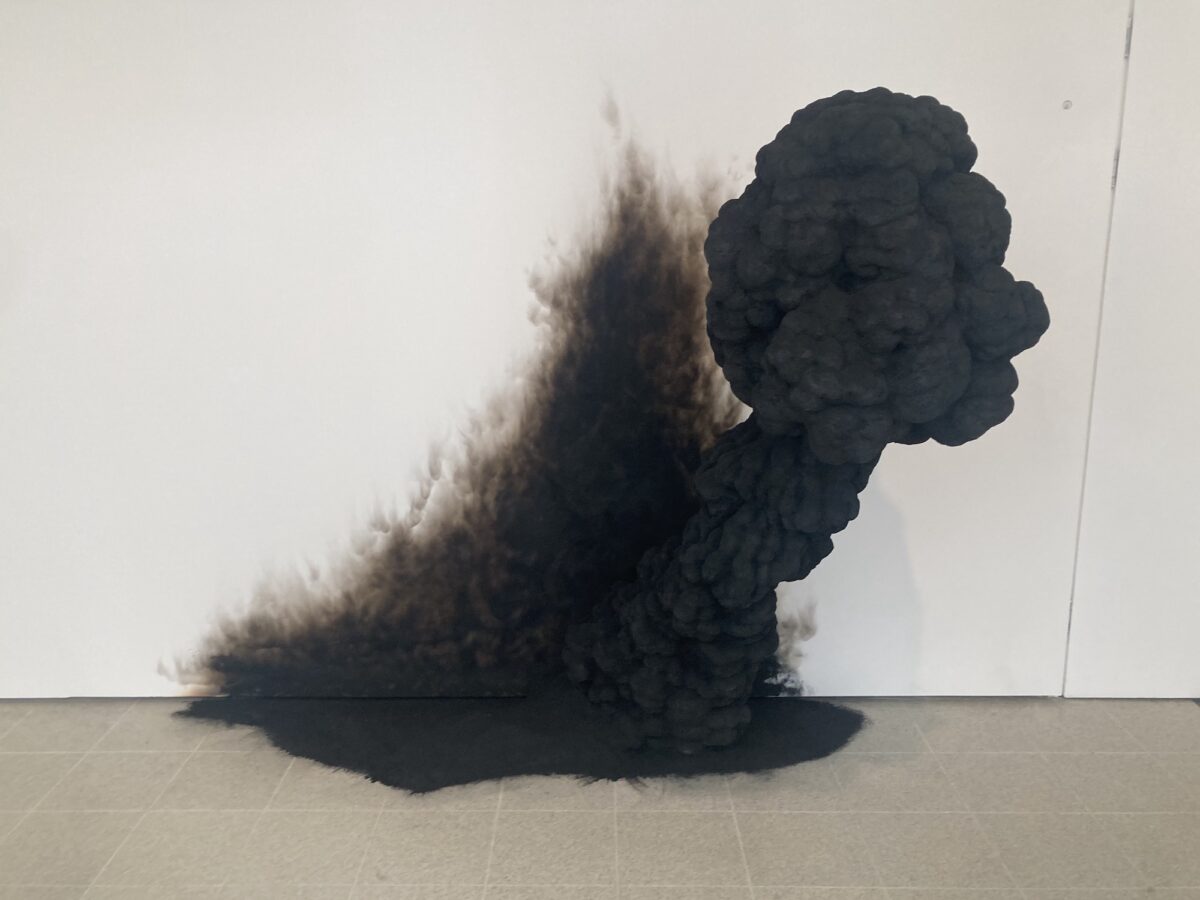
When Forms Come Alive: Sixty Years of Restless Sculpture – 6th May 2024, Hayward Gallery
